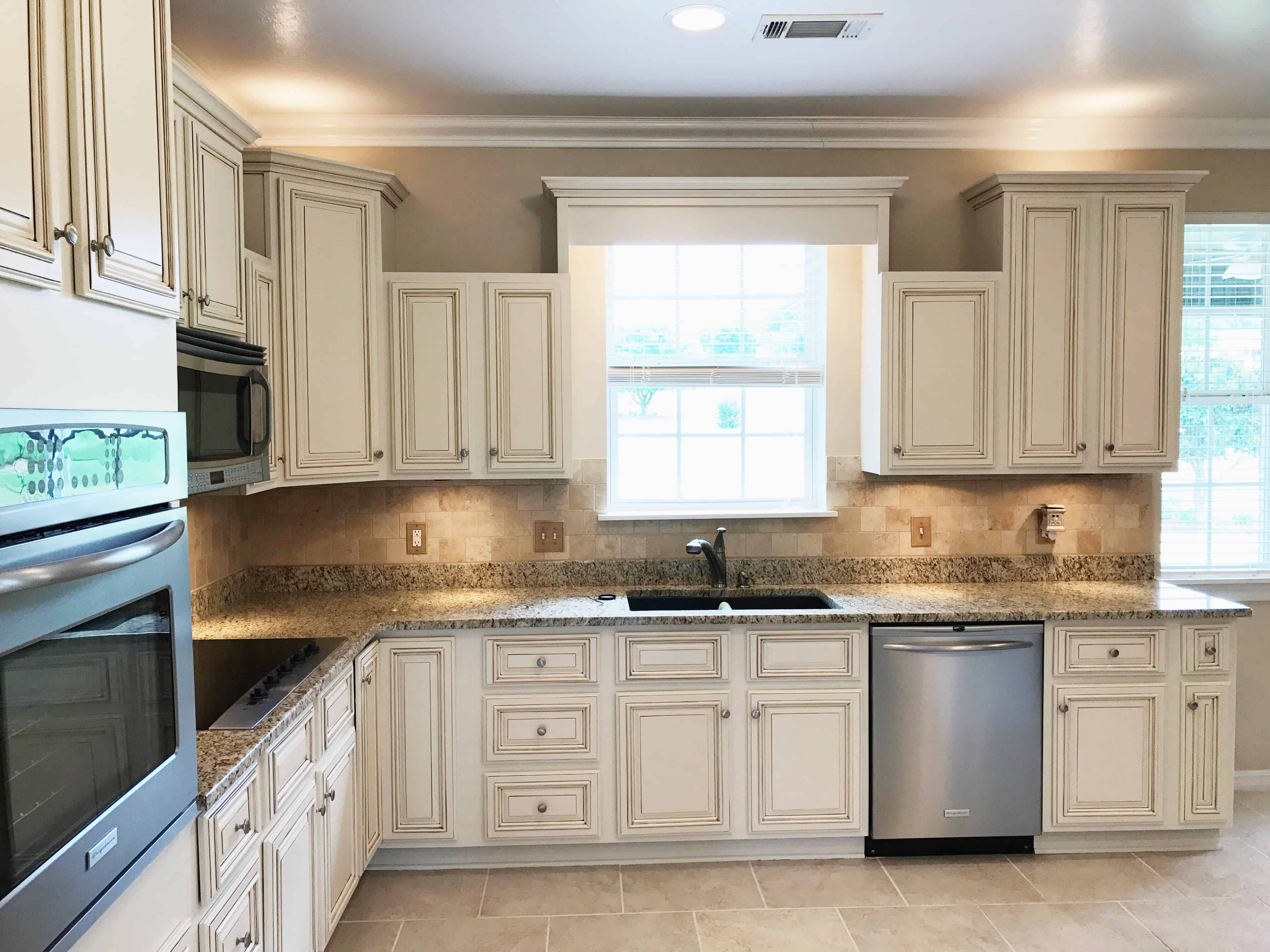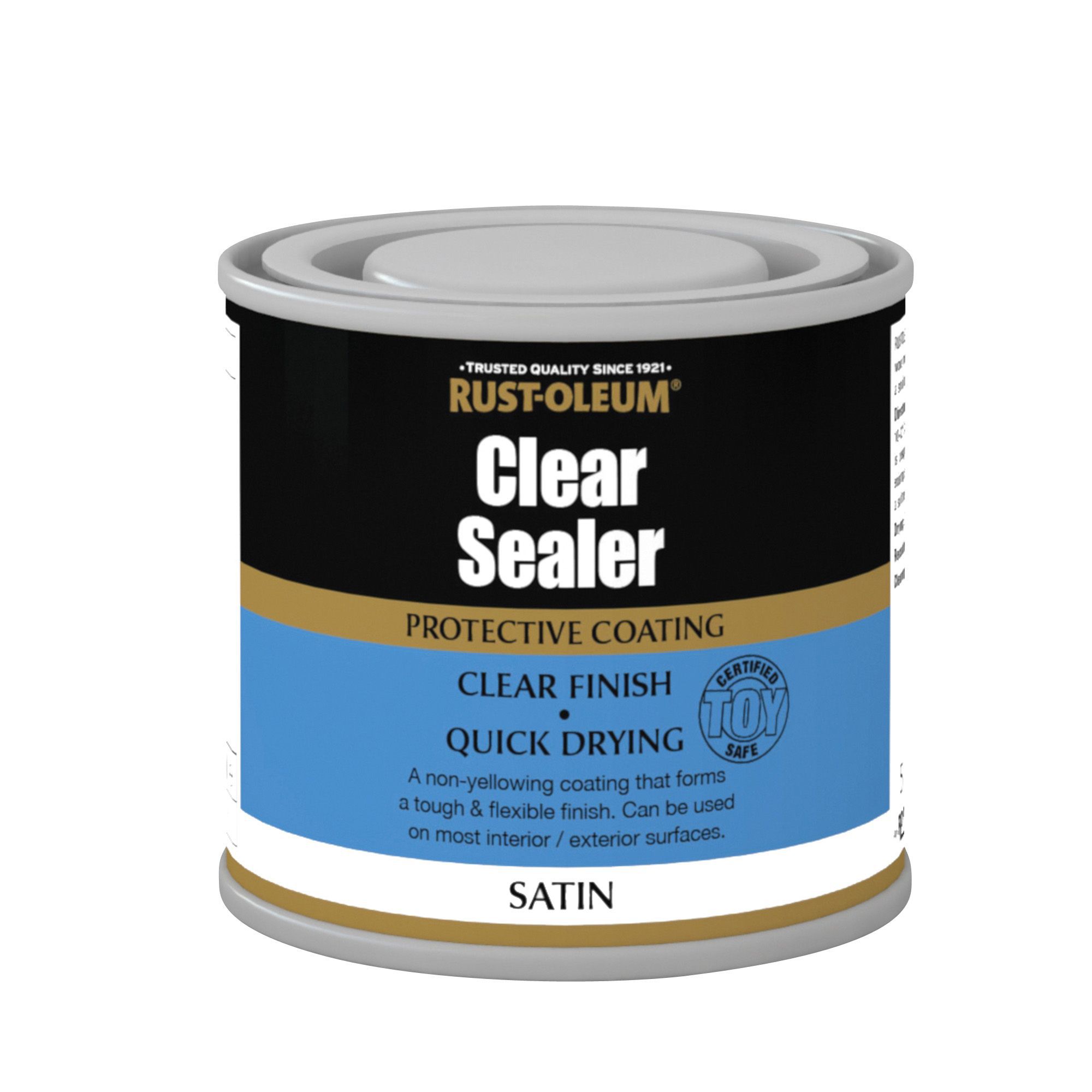Types of Top Coats for White Cabinets

So, you’ve bravely painted your cabinets white, a bold choice, my friend! Now comes the crucial moment: choosing the top coat. Think of it as the final flourish, the cherry on top of your kitchen renovation sundae. Get it wrong, and you’ll be scrubbing drips off your freshly painted masterpiece for weeks. Get it right, and you’ll be basking in the glory of flawlessly smooth, dazzling white cabinets.
Top Coat Types for White Cabinets: A Comparison
Choosing the right top coat is like picking a superhero for your cabinets – each has its own unique strengths and weaknesses. Let’s break down the contenders in this epic battle for cabinet supremacy.
| Type | Durability | Sheen | Application Method |
|---|---|---|---|
| Water-Based Polyurethane | Good, less durable than oil-based | Matte, Satin, Semi-Gloss, Gloss | Brush, roller, spray |
| Oil-Based Polyurethane | Excellent, very durable | Matte, Satin, Semi-Gloss, Gloss | Brush, roller, spray |
| Acrylic Lacquer | Good to excellent, depending on the quality | Matte, Satin, Semi-Gloss, Gloss | Spray (generally) |
| Water-Based Acrylic | Moderate | Matte, Satin, Semi-Gloss | Brush, roller |
Water-Based vs. Oil-Based Top Coats
This is the age-old debate, the clash of the titans! Water-based top coats are the eco-friendly, easy-cleanup champions. Oil-based, on the other hand, boast superior durability and a richer, deeper finish. Let’s dive into the nitty-gritty.
Water-based top coats dry relatively quickly, usually within a few hours, and cleanup is a breeze with just soap and water. However, they might not be as durable as their oil-based counterparts and may require more coats for optimal protection. Imagine it like this: water-based is the friendly neighborhood superhero, quick and efficient, but maybe not as powerful.
Oil-based top coats, the heavyweight champions, offer superior durability and a harder, more resistant finish. However, they take much longer to dry – sometimes a full day or more – and require mineral spirits for cleanup, which is slightly less convenient. They are like the muscle-bound superhero, slow and steady but incredibly strong. The final finish is often described as richer and warmer, providing a more luxurious feel.
The Impact of Sheen Levels on White Cabinets, Top coat for white painted cabinets
The sheen level you choose dramatically impacts how your white cabinets look and feel. It’s all about how light interacts with the surface.
Imagine a matte finish: it’s like a soft whisper. Light is diffused, creating a subtle, understated look. It hides imperfections beautifully, making it a great choice for cabinets that aren’t perfectly smooth. Think of it as the quiet, contemplative superhero.
A satin sheen is a happy medium, offering a soft glow without being overly shiny. It’s a great balance between durability and a subtle elegance, like the superhero who’s equally good at both fighting crime and helping old ladies across the street.
Semi-gloss provides a noticeable shine, reflecting more light and giving the cabinets a more modern, sleek appearance. It’s like the superhero with a polished suit of armor, ready to take on anything.
Finally, gloss is the ultimate showstopper. It reflects light intensely, creating a dramatic, almost mirror-like finish. It’s bold, it’s confident, and it’s the superhero who never hides from the spotlight. However, gloss also shows every little imperfection, so flawless prep work is essential.
Application Techniques and Preparation: Top Coat For White Painted Cabinets
So, you’ve got your gorgeous white cabinets, and you’re ready for that top coat to make them absolutely *shine*. But hold your horses, painter pal! Proper preparation is key to a flawless finish. Think of it as prepping for a glamorous night out – you wouldn’t skip the moisturizer, would you?
Preparing your cabinets for a top coat is like staging a dramatic play: every element has its role to ensure a perfect performance. Neglecting any step can lead to a disastrous outcome. Let’s get started, shall we?
Cabinet Preparation Steps
Proper preparation is crucial for a smooth, even top coat. Skipping this step is like trying to bake a cake without preheating the oven – you’ll end up with a disaster! Here’s a step-by-step guide to get you started:
- Clean the Cabinets: First, give those cabinets a good scrub! Use a degreaser to remove any grease, grime, or fingerprints. Think of it as giving them a spa day before their makeover. A soft cloth and warm, soapy water should do the trick. Let them dry completely before moving on. You wouldn’t want to trap any dirt under your beautiful top coat, would you?
- Sand the Cabinets (If Necessary): If your existing paint has any imperfections, a light sanding is in order. Use fine-grit sandpaper (around 220-grit) to smooth out any bumps or rough patches. Don’t overdo it – just enough to create a smooth surface. Think of it as a gentle exfoliation for your cabinets.
- Prime the Cabinets (If Necessary): If you’re changing colors or if your existing paint isn’t adhering well, priming is essential. A good primer will create a uniform surface for the top coat to adhere to, preventing any issues down the line. It’s like applying a base coat before your makeup – it makes everything look smoother and more even.
Top Coat Application Techniques
Now for the fun part – applying the top coat! There are several ways to achieve a professional finish. Choose the method that best suits your skills and the size of your project. Remember, practice makes perfect!
- Brush Application: This is a classic method, great for detailed work and smaller areas. Use a high-quality brush with soft bristles to avoid leaving brush strokes. Work in thin, even coats, allowing each coat to dry completely before applying the next.
Always work with the grain of the wood for a smoother finish. Don’t overload the brush, and avoid going back over already-painted areas.
- Roller Application: For larger areas, a roller is more efficient. Use a high-quality roller with a nap suitable for your paint. Work in smooth, even strokes, avoiding overlapping too much.
Use a paint tray to load the roller evenly and avoid dripping. Don’t press too hard – let the roller do the work.
- Spray Application: This is the fastest method for large projects, but requires practice and proper ventilation. Use a high-quality spray gun and maintain a consistent distance from the cabinets.
Always test the spray pattern on a scrap piece of wood first. Use thin, even coats and allow ample drying time between coats.
Troubleshooting Top Coat Application
Even the most experienced painters encounter problems. Don’t panic! Here’s how to tackle some common issues:
- Brush Strokes: These are usually caused by using too much paint or not blending properly. Thin coats and careful blending are key. If you notice brush strokes after the paint has dried, you can lightly sand them out and reapply a thin coat.
- Drips: Drips are often caused by overloading the brush or roller, or applying paint too thickly. Work in thin, even coats, and let the paint self-level. If you do get a drip, gently smooth it out with a brush before it dries.
- Uneven Coverage: Uneven coverage can be caused by poor preparation, using too little paint, or not allowing sufficient drying time between coats. Ensure your cabinets are properly prepared and apply multiple thin coats, allowing each coat to dry completely.
Maintenance and Long-Term Care

Keeping your beautifully top-coated white cabinets looking pristine is easier than wrangling a herd of cats wearing tiny sombreros. With a little regular care, you can prevent those pesky scratches and stains from ruining your kitchen’s aesthetic. Think of it as a spa day for your cabinets – they’ll thank you for it!
Regular cleaning is key to maintaining the longevity and beauty of your white cabinets. Neglecting this can lead to irreversible damage and a generally grumpy kitchen. A proactive approach ensures your cabinets remain the star of the show, not a dusty afterthought.
Cabinet Cleaning Schedule and Suitable Solutions
A well-defined cleaning schedule will help prevent the build-up of dirt and grime. Consistency is your best friend here. The frequency will depend on your household’s activity level and the type of top coat used.
| Cleaning Frequency | Cleaning Method | Suitable Top Coat Types | Cleaning Solution |
|---|---|---|---|
| Daily | Wipe down with a damp microfiber cloth | All types | Warm water |
| Weekly | Gentle wash with mild soap and water | All types (avoid abrasive cleaners) | Mild dish soap (e.g., Dawn) diluted in warm water |
| Monthly | Thorough cleaning with appropriate cleaner | Specific top coat types | Refer to manufacturer’s instructions for specific cleaner recommendations. For example, a specialized cleaner for polyurethane might be needed. |
Environmental Factors and Mitigation Strategies
Sunlight, humidity, and temperature fluctuations can all impact your cabinets’ appearance over time. Think of it as a battle against the elements – and your cabinets are the valiant knights!
Direct sunlight can cause fading and yellowing of the white paint. Consider using UV-filtering window films or curtains to minimize sun exposure. Humidity can lead to warping or mold growth if moisture penetrates the top coat. Ensure proper ventilation in your kitchen and promptly address any spills or leaks. Temperature fluctuations can cause the paint to crack or peel. Maintaining a consistent temperature within your home can minimize this risk. For example, using a dehumidifier in a humid climate or ensuring proper insulation during colder months can help regulate temperature.

